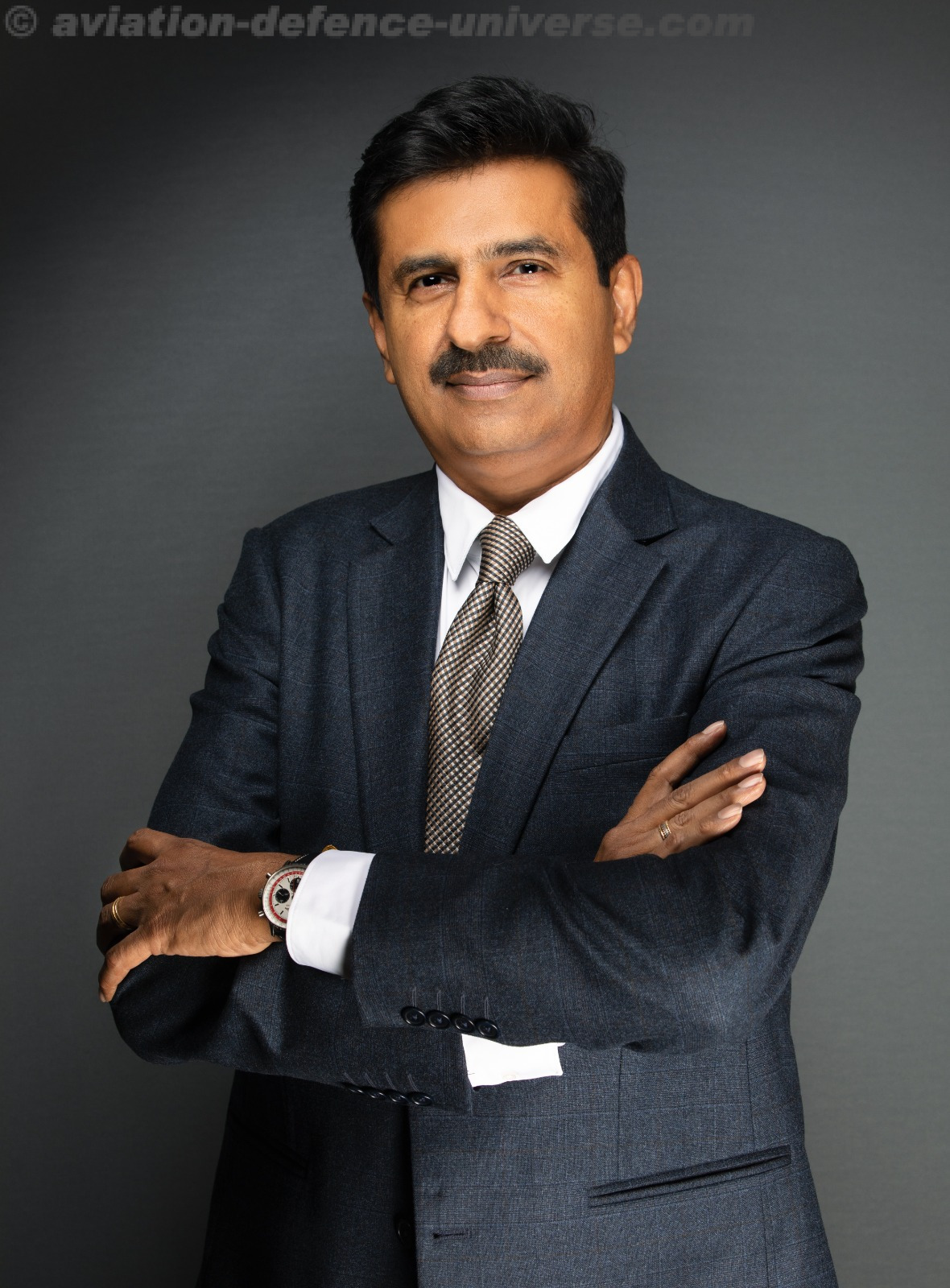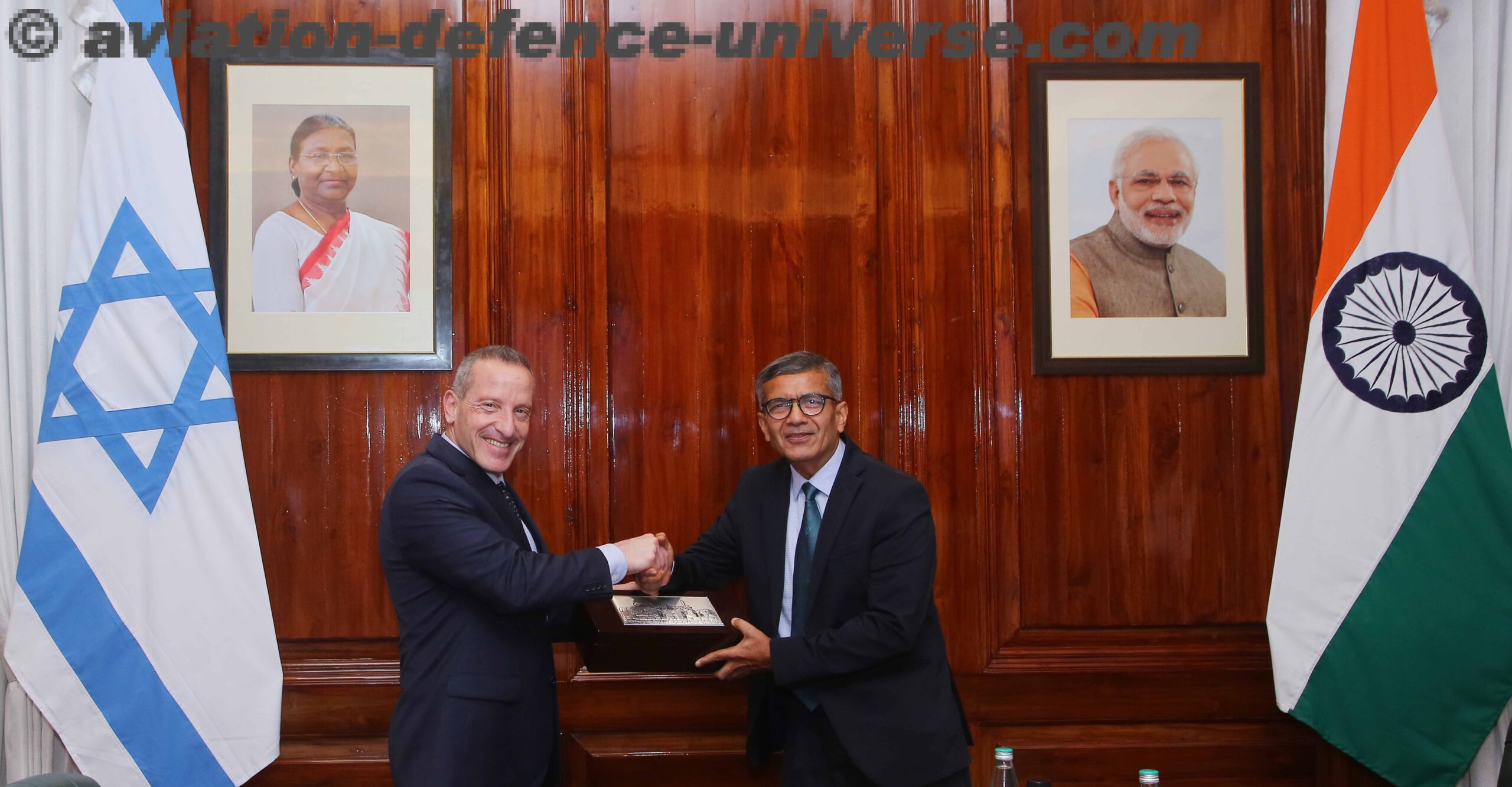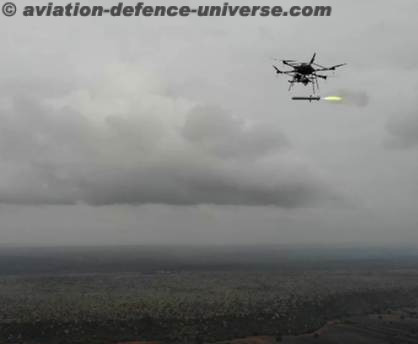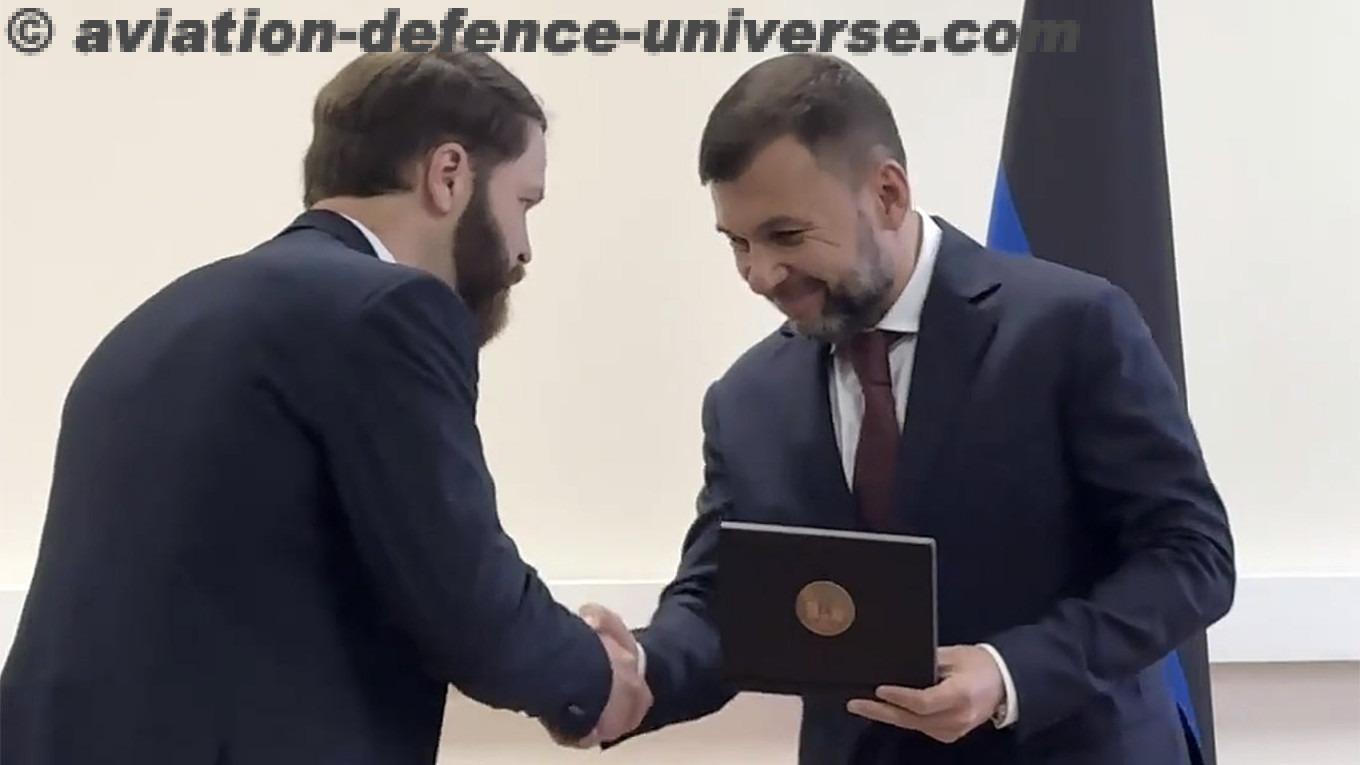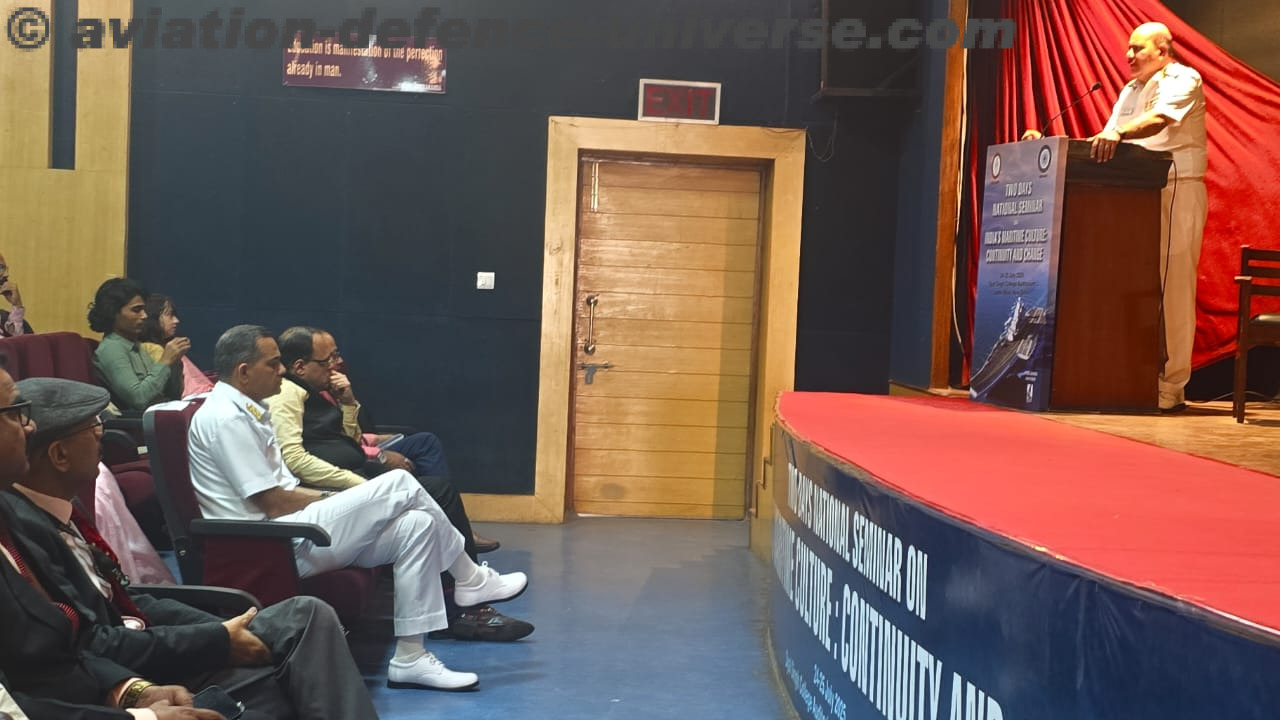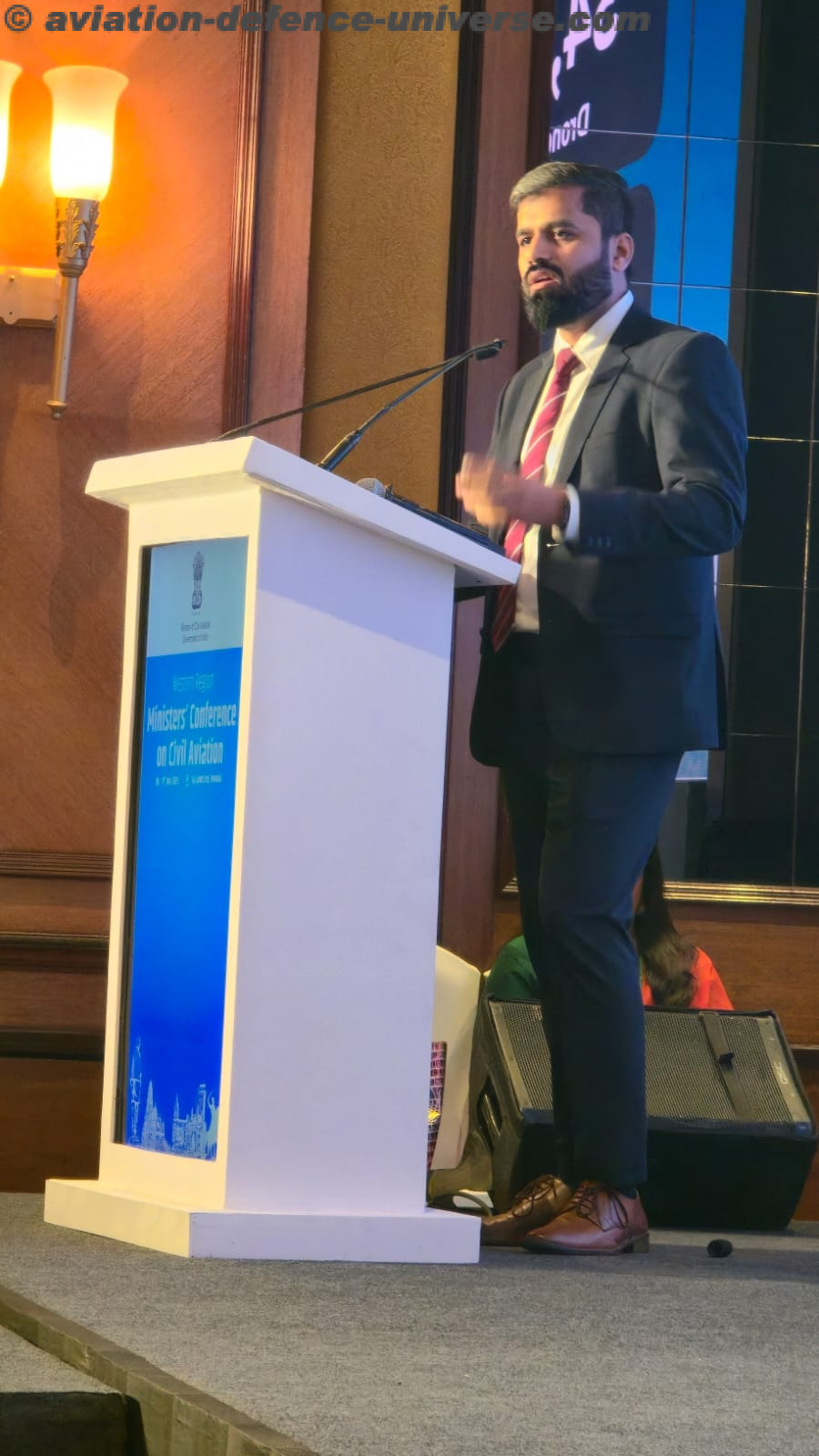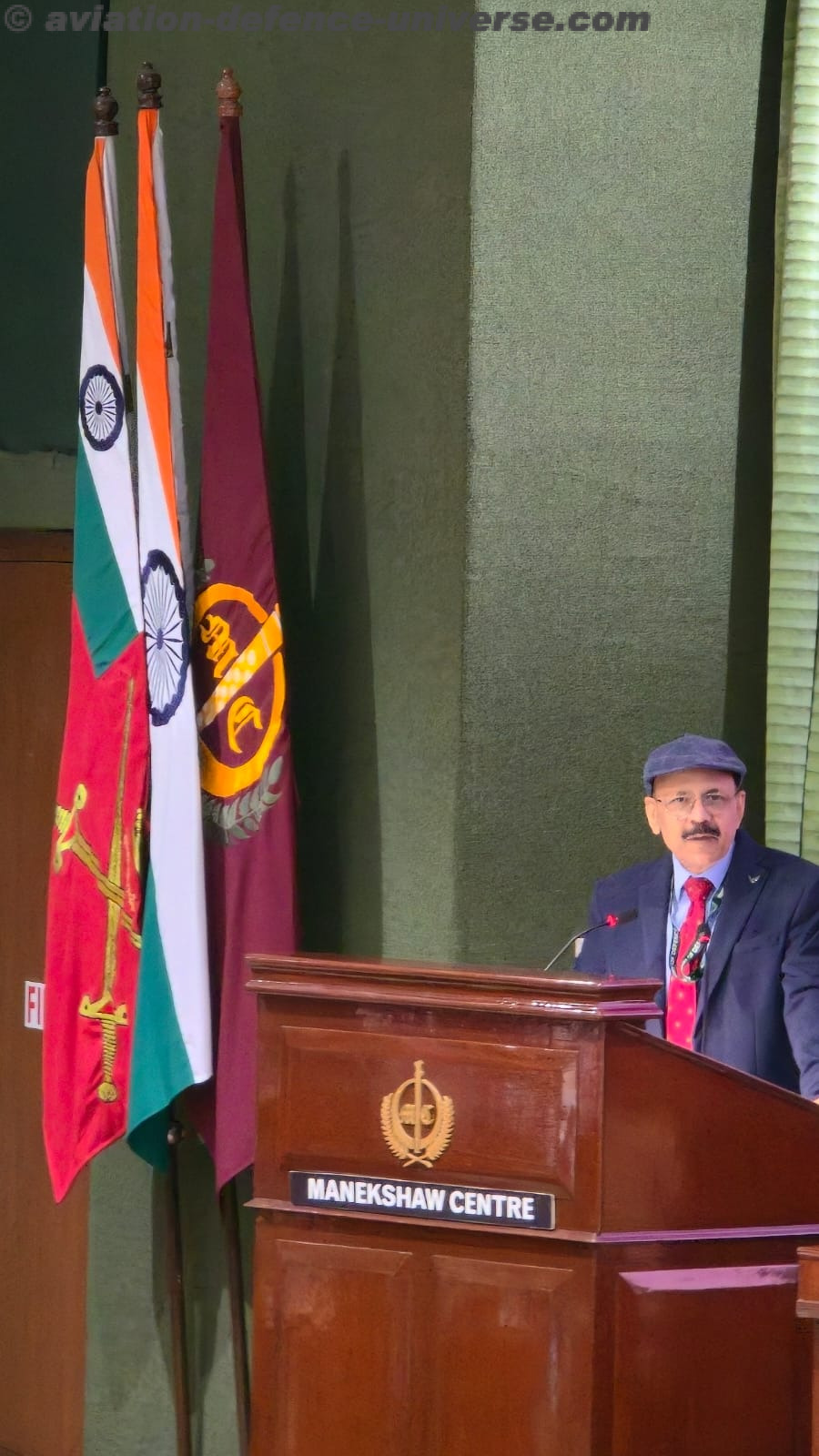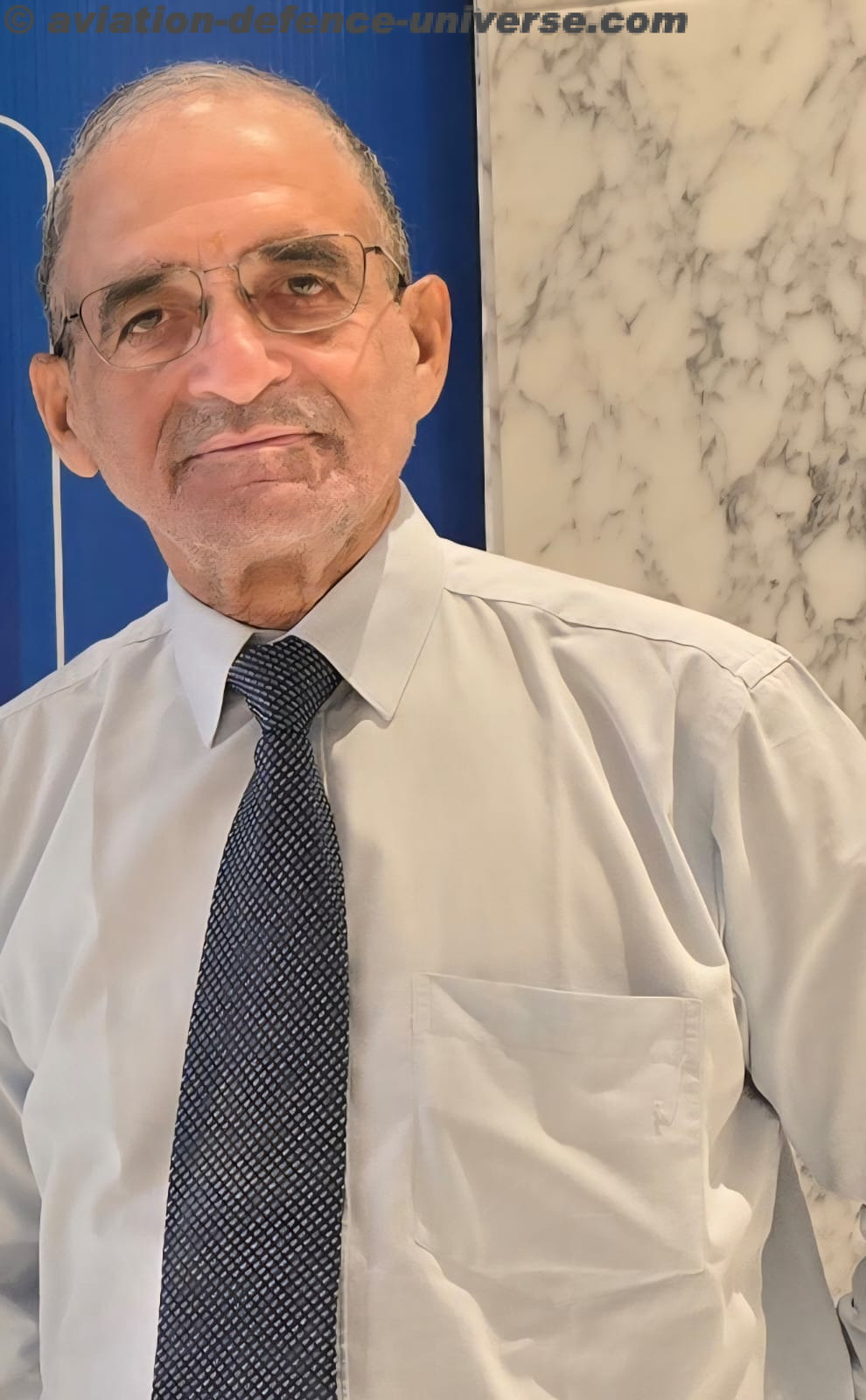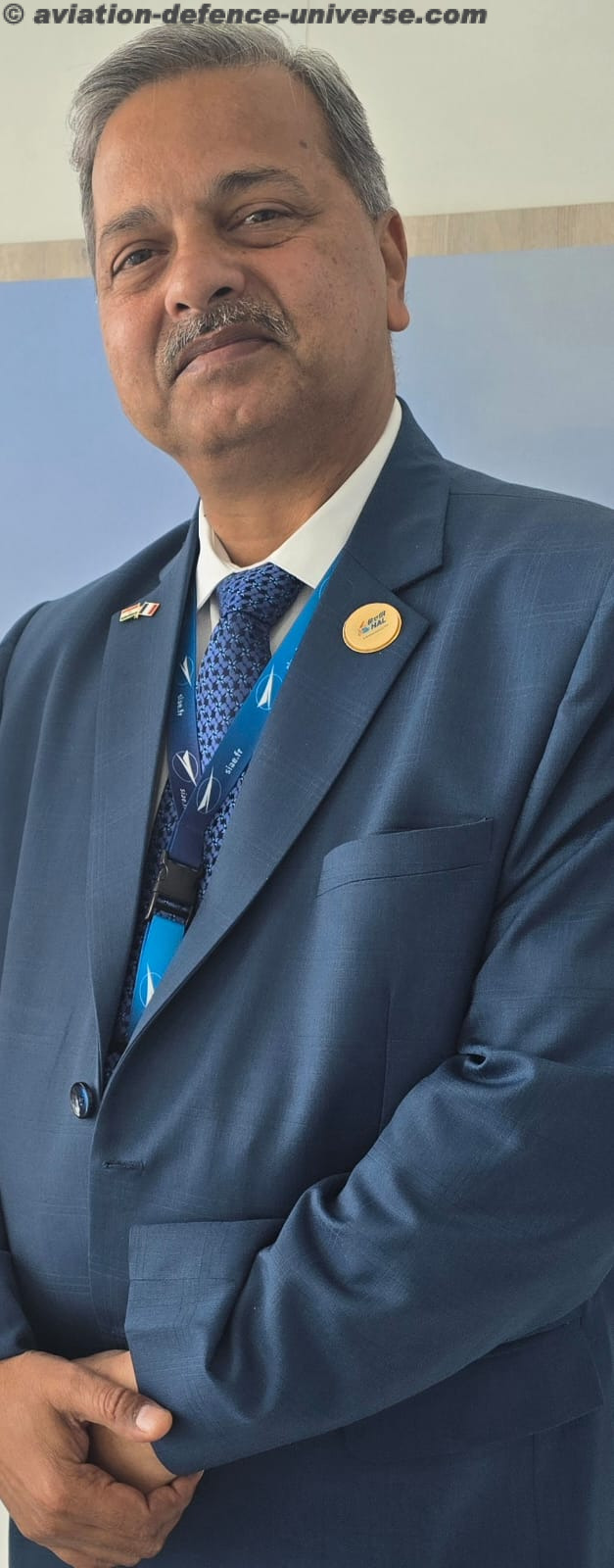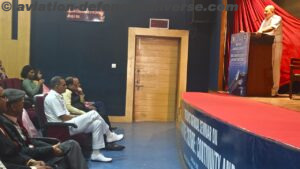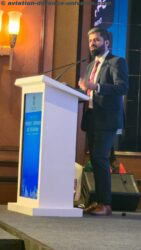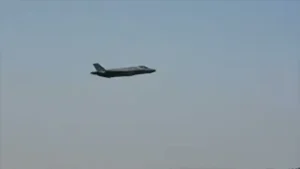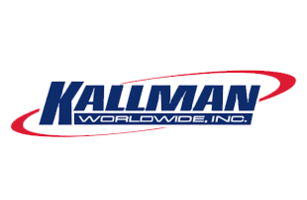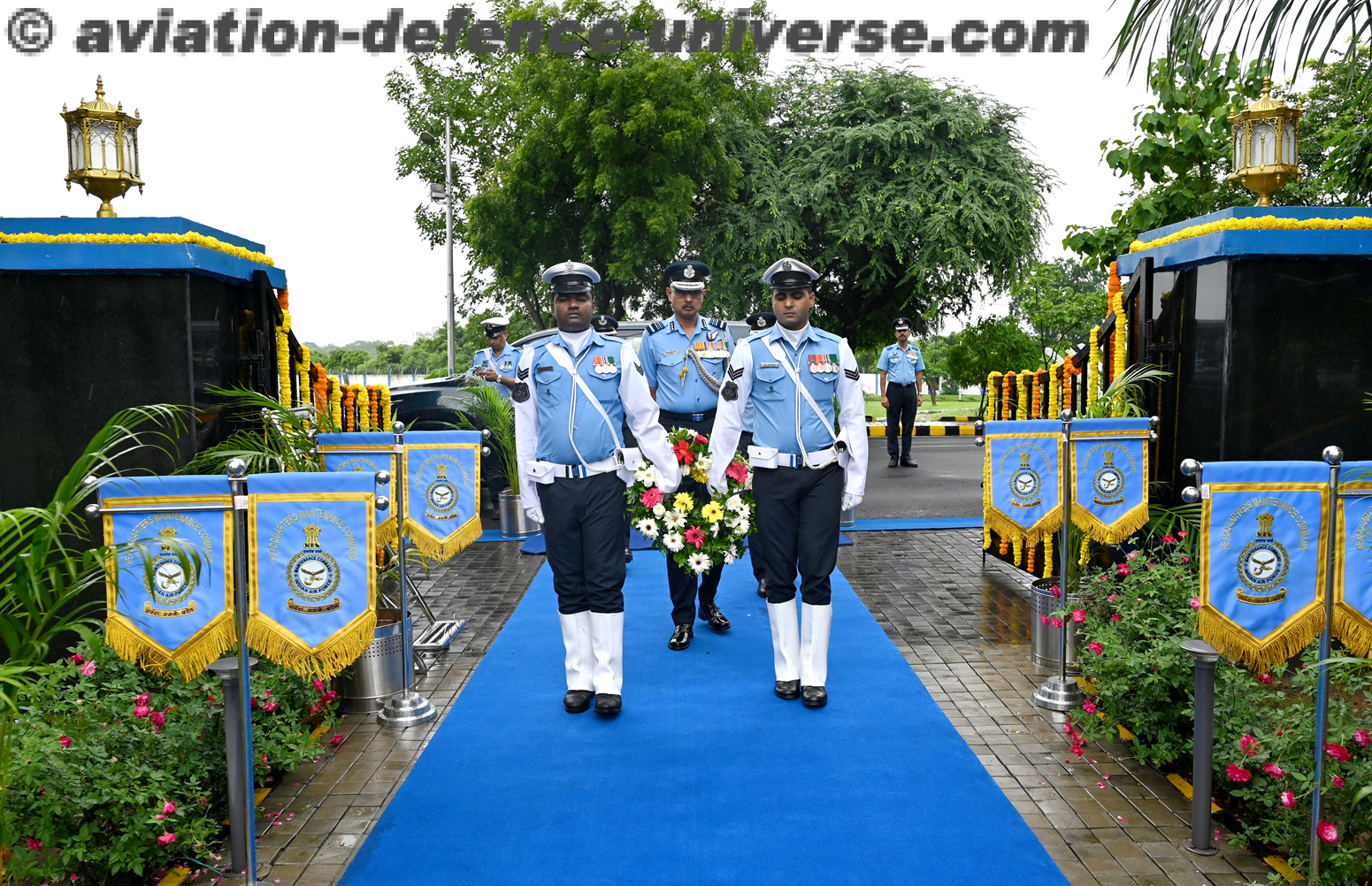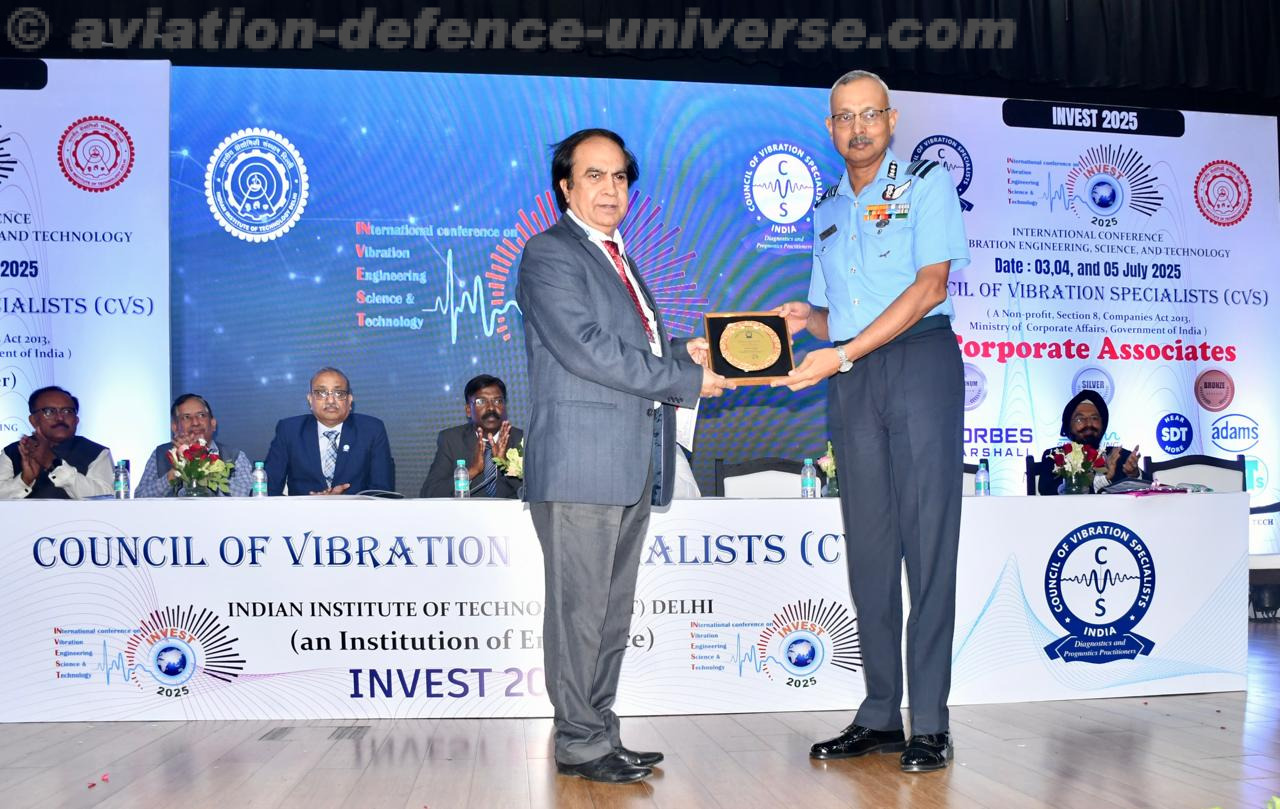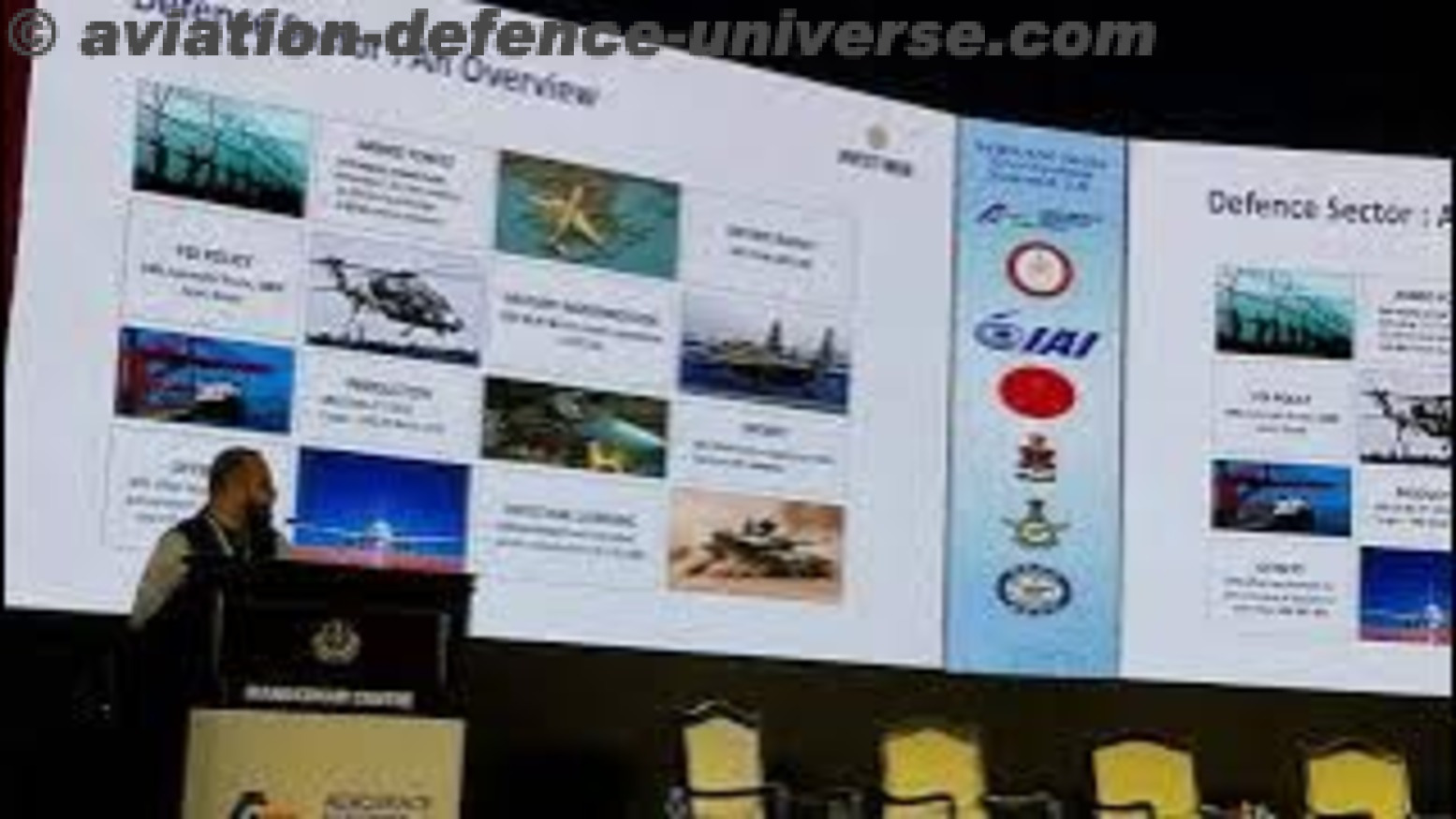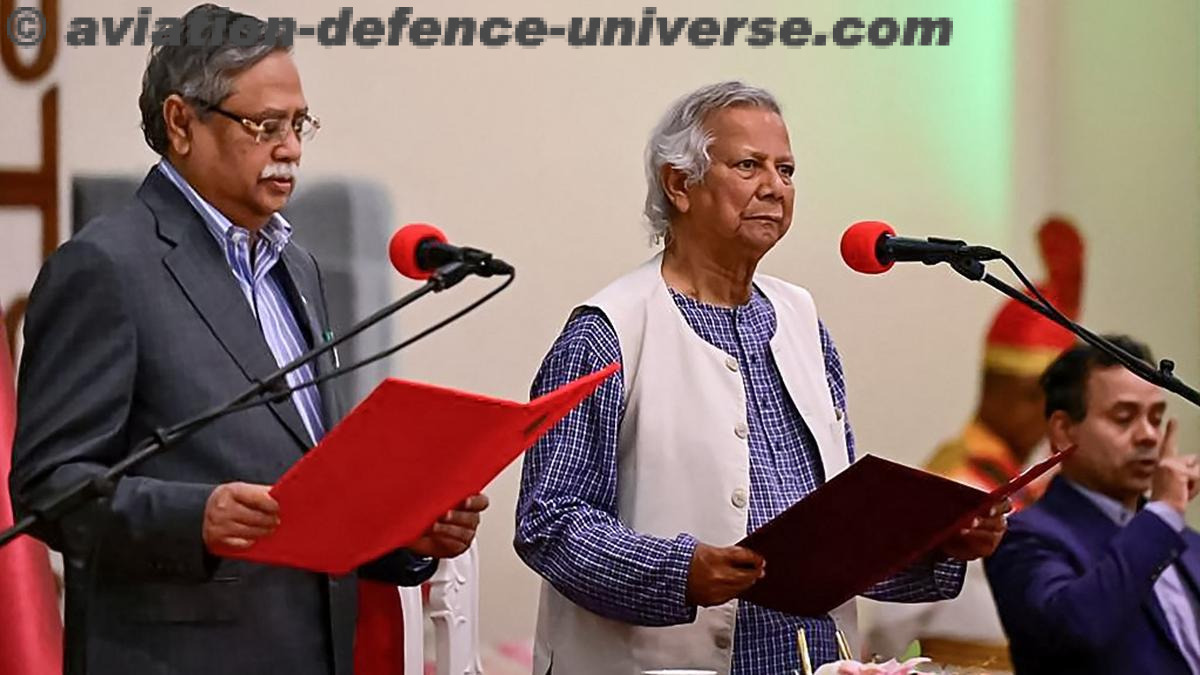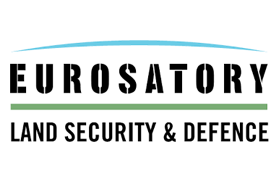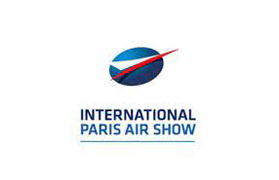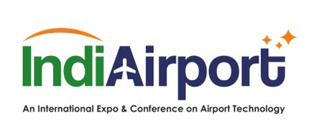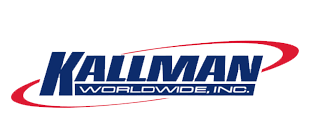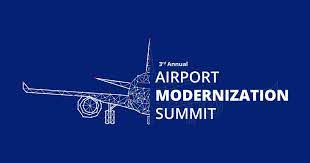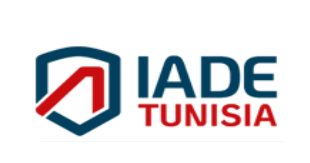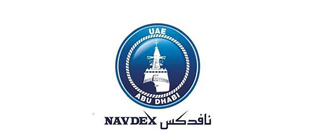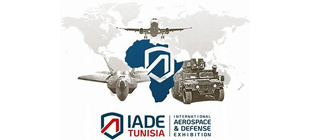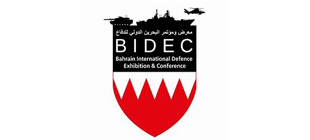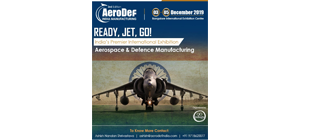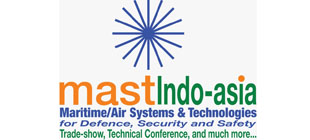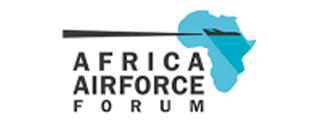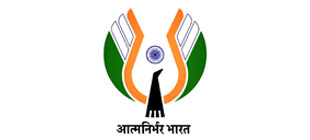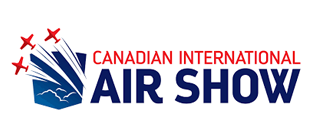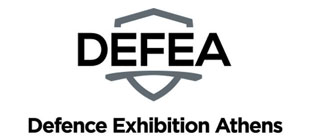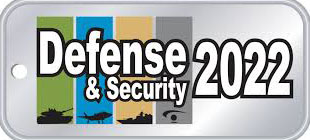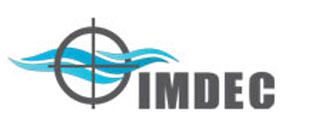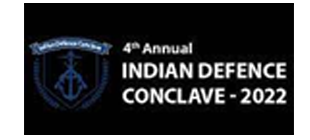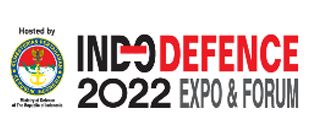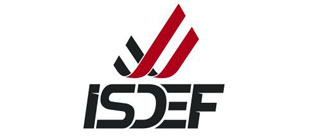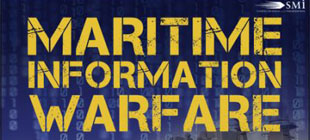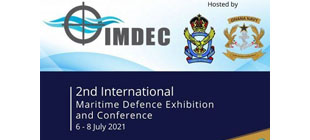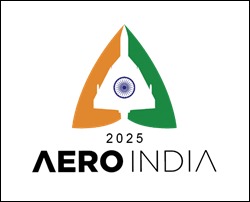- U.S. and Global Partners Launch Advanced Air Mobility Certification Roadmap at Paris Air Show 2025
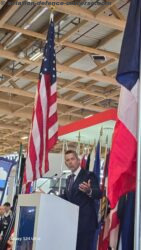 Paris. 17 June 2025 – At the 55th edition of the Paris Air Show, U.S. Transportation Secretary Sean P. Duffy announced a landmark initiative uniting aviation authorities from five countries to jointly develop a global roadmap for Advanced Air Mobility (AAM) aircraft certification. The partnership, involving the Federal Aviation Administration (FAA) and aviation regulators from Australia, Canada, New Zealand, and the United Kingdom, seeks to streamline the type certification process for emerging AAM platforms such as electric vertical takeoff and landing (eVTOL) aircraft.
Paris. 17 June 2025 – At the 55th edition of the Paris Air Show, U.S. Transportation Secretary Sean P. Duffy announced a landmark initiative uniting aviation authorities from five countries to jointly develop a global roadmap for Advanced Air Mobility (AAM) aircraft certification. The partnership, involving the Federal Aviation Administration (FAA) and aviation regulators from Australia, Canada, New Zealand, and the United Kingdom, seeks to streamline the type certification process for emerging AAM platforms such as electric vertical takeoff and landing (eVTOL) aircraft.
“eVTOLs and all kinds of futuristic advanced air mobility vehicles will redefine how we transport goods and people. As we’ve done for decades, the United States is working with our great international partners to bring about this revolution in flying safely. If we don’t, our adversaries will fill the void. We can’t afford to make that mistake,” stated Secretary Duffy during his announcement at Le Bourget.
This collaborative roadmap aims to align airworthiness and certification standards across the five participating countries by sharing data, research, and safety frameworks. The regulators signed a Declaration of Intent that affirms their shared commitment to promoting safety, innovation, and global interoperability in the certification of AAM aircraft.
“It’s an incredibly exciting time to be in aviation as we work to integrate new technologies safely into the NAS,” said FAA Acting Administrator Chris Rocheleau. “Enabling the integration of new entrants is a priority and we’re committed to doing whatever we can to foster innovation while also staying true to our safety mission.”
The initiative recognizes that differences in AAM certification approaches are beginning to surface globally. By establishing a unified framework, the roadmap enables the validation of AAM aircraft across multiple jurisdictions more efficiently—reducing regulatory duplication and paving the way for safe, scalable international operations. This effort will facilitate manufacturers’ ability to design aircraft that meet certification requirements across several markets simultaneously.
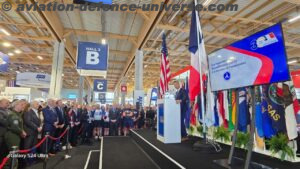 While this collaboration currently involves five National Aviation Authorities, it is designed to be inclusive and scalable. The roadmap is intended to become a global template, welcoming participation from additional countries in the near future to ensure the safe and harmonized rollout of AAM technologies worldwide. The FAA and aviation authorities from Australia, Canada, New Zealand, and the United Kingdom developed a Roadmap for Advanced Air Mobility Aircraft Type Certification. It aims to align the countries’ AAM airworthiness and certification standards by sharing data, research, and safety information. The authorities signed a Declaration of Intent committing to the Roadmap principles.
While this collaboration currently involves five National Aviation Authorities, it is designed to be inclusive and scalable. The roadmap is intended to become a global template, welcoming participation from additional countries in the near future to ensure the safe and harmonized rollout of AAM technologies worldwide. The FAA and aviation authorities from Australia, Canada, New Zealand, and the United Kingdom developed a Roadmap for Advanced Air Mobility Aircraft Type Certification. It aims to align the countries’ AAM airworthiness and certification standards by sharing data, research, and safety information. The authorities signed a Declaration of Intent committing to the Roadmap principles.
The Roadmap principles will foster collaboration, promote technological innovation, and streamline the certification and validation process for new aircraft types across these countries, which are members of the National Aviation Authorities Network. Collaboration on current AAM type certification projects will enhance this work. Traditional aircraft are type certified in the country of design using internationally accepted standards. Other countries then validate the aircraft against these standards before the aircraft can be operated there.
However, differences in AAM certification standards are emerging across the world. This roadmap acknowledges these differences and provides a framework to harmonize standards to streamline validation and safe entry of AAM aircraft into multiple markets. This effort is safety-focused and innovation-driven and supports the industry’s desire to manufacture aircraft that can meet the certification criteria of multiple countries. The challenges of certifying AAM aircraft are not unique to these five countries, and we intend to broaden this cooperation to include other countries as part of a truly global collaborative effort.
The announcement of the AAM certification roadmap at the Paris Air Show 2025 marks a pivotal moment for the future of aviation. As new air mobility technologies transition from prototypes to production, international cooperation will be key to ensuring safety, innovation, and global accessibility. The United States, alongside its closest aviation allies, is leading that charge—committing to a safer, more connected, and forward-thinking aerospace ecosystem.






